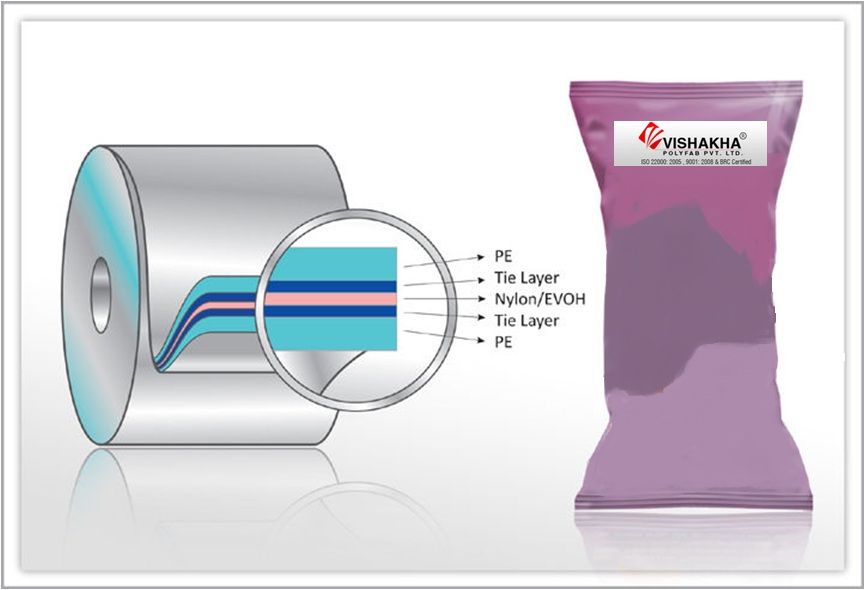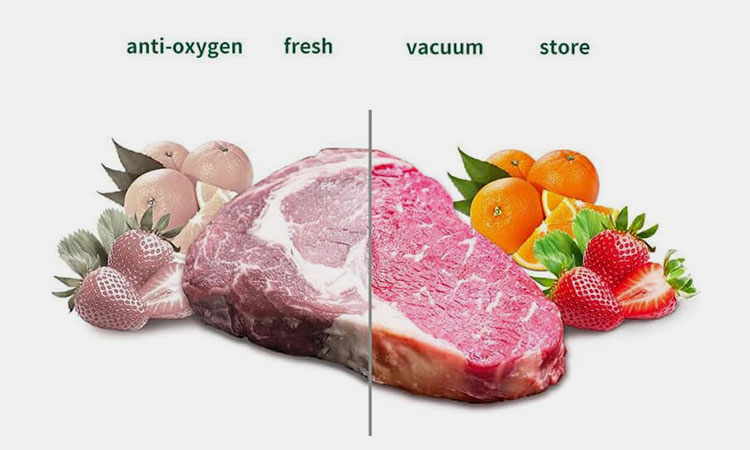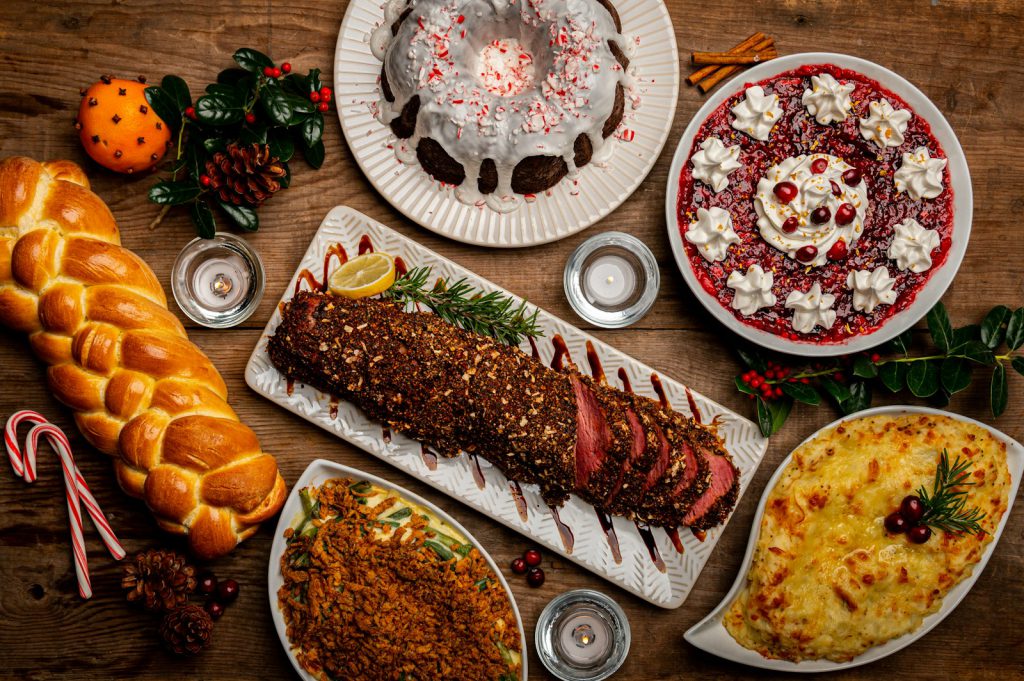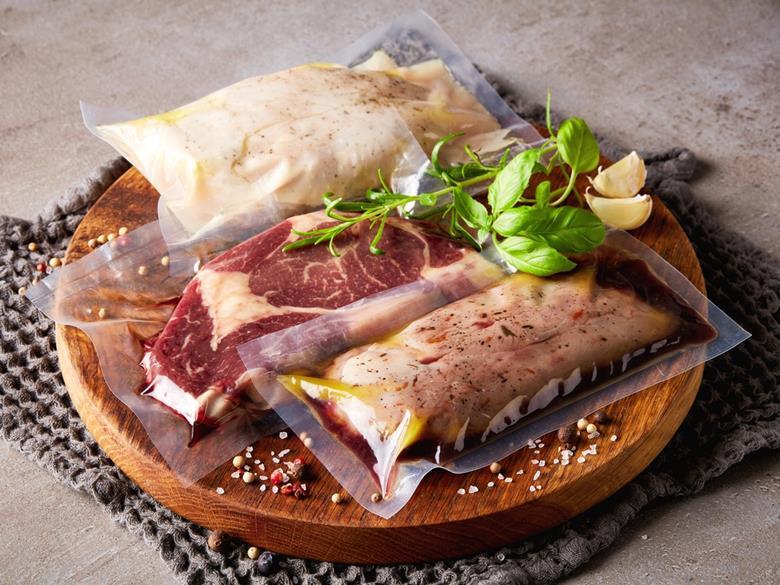In today’s environmentally conscious world, the food industry is under increasing pressure to adopt Eco-Friendly Vacuum Packaging and sustainable practices. Packaging, a significant component of the best prepared meal packs for families in the food industry, has evolved with innovations aimed at reducing environmental impact. Eco-friendly vacuum packaging is at the forefront of this evolution, providing a sustainable solution that maintains the quality and freshness of smoked brisket while minimizing waste.
The Importance of Sustainable Vacuum Packs
Eco-friendly vacuum packaging reduces material use, prolongs shelf life, and decreases food waste. Traditional packaging methods often involve excessive plastic and other non-recyclable materials, contributing significantly to environmental pollution. In contrast, sustainable vacuum packaging utilizes minimal materials and often incorporates recyclable components, aligning with global efforts to reduce plastic waste.
| Aspect | Traditional Packaging | Eco-Friendly Vacuum Packaging |
|---|---|---|
| Material Use | High | Low |
| Shelf Life | Moderate | Extended |
| Recyclability | Limited | High |
| Environmental Impact | High | Low |
| Consumer Preference | Low | Increasing |
Examples and Recipes: For instance, packaging smoked brisket in eco-friendly vacuum packs ensures that the meat remains fresh for longer periods. A simple recipe for smoked brisket involves seasoning the meat with salt, pepper, and garlic, smoking it at a low temperature for several hours, and then vacuum-sealing it in Mylar packs. These packs not only preserve the flavor and moisture but also reduce the need for additional preservatives.

Sustainable vacuum packs are crucial for reducing the environmental footprint of food packaging. These packs are designed to use minimal materials while providing superior protection and extended shelf life for products like smoked brisket. By reducing the amount of plastic used, sustainable vacuum packs help decrease the overall waste generated by food packaging.
Comparative Table:
| Feature | Traditional Packaging | Sustainable Vacuum Packaging |
|---|---|---|
| Plastic Usage | High | Low |
| Preservation Quality | Moderate | High |
| Waste Generation | High | Low |
| Carbon Footprint | High | Low |
| Consumer Appeal | Low | High |
Examples and Recipes: A popular method for preparing smoked brisket involves marinating the meat overnight, smoking it for several hours, and then vacuum-sealing it in eco-friendly packs. This method not only enhances the flavor but also ensures that the meat stays fresh for longer, reducing the need for frequent packaging.
Benefits of Mylar Packs
Mylar packs are favored for their durability and excellent barrier properties. They protect smoked brisket from external elements such as moisture, oxygen, and light, which can degrade the quality of the meat. Mylar packs are also recyclable, contributing to a reduction in overall plastic waste.
Comparative Table:
| Characteristic | Traditional Packaging | Mylar Packs |
|---|---|---|
| Durability | Moderate | High |
| Barrier Properties | Low | High |
| Recyclability | Limited | High |
| Environmental Impact | High | Low |
| Cost | Moderate | Slightly Higher |
Examples and Recipes: Using Mylar packs, you can prepare a delicious smoked brisket by seasoning the meat with a blend of spices, smoking it slowly, and then vacuum-sealing it in Mylar packs. This method not only enhances the taste but also ensures long-lasting freshness.

Environmental Impact of Packaging
Packaging significantly contributes to environmental pollution, especially plastic waste. The food industry is a major player in this scenario, generating large amounts of packaging waste. By switching to eco-friendly vacuum packaging, we can mitigate this impact and promote sustainability.
Comparative Table:
| Metric | Traditional Packaging | Eco-Friendly Vacuum Packaging |
|---|---|---|
| Plastic Waste | High | Low |
| Carbon Emissions | High | Low |
| Recyclability | Low | High |
| Waste Reduction | Low | High |
| Sustainability | Low | High |
Examples and Recipes: Eco-friendly vacuum packaging for smoked brisket involves seasoning the meat, smoking it to perfection, and vacuum-sealing it in recyclable packs. This method not only preserves the meat but also reduces the environmental footprint.
Case Study: Sainsbury’s Sustainable Packaging
Sainsbury’s has taken significant steps towards sustainable packaging by replacing traditional plastic trays with vacuum packs for their beef mince range. This initiative has led to a substantial reduction in plastic usage and improved the storage efficiency and freshness of the product.
| Aspect | Before | After |
|---|---|---|
| Plastic Usage | High | Reduced by 55% |
| Shelf Life | Moderate | Extended |
| Storage Efficiency | Low | High |
| Environmental Impact | High | Low |
| Consumer Satisfaction | Moderate | High |
Examples and Recipes: Sainsbury’s vacuum-packed beef mince stays fresh longer, allowing consumers to enjoy the product without the immediate need for freezing. A simple beef mince recipe involves sautéing onions and garlic, adding the mince, and cooking it with tomatoes and spices. Vacuum-sealing this prepared mince in eco-friendly packs ensures it retains its flavor and quality.
Innovations in Sustainable Packaging

Innovations in sustainable packaging include the development of water-soluble films, laser-etched labels, and reusable containers. These advancements reduce the reliance on traditional plastics and promote environmental sustainability.
| Innovation | Traditional Method | Sustainable Method |
|---|---|---|
| Water-Soluble Films | Non-recyclable plastics | Dissolvable in water |
| Laser-Etched Labels | Adhesive labels | Etched directly onto product |
| Reusable Containers | Single-use plastics | Multi-use, durable materials |
Examples and Recipes: Using laser-etched labels on smoked brisket packaging eliminates the need for additional materials. A smoked brisket recipe involves slow-cooking the meat with a blend of spices, then vacuum-sealing it in packs with laser-etched labels. This method is both sustainable and effective in preserving the meat.
Consumer Demand for Eco-Friendly Packaging
Consumer demand for eco-friendly packaging is driving significant changes in the food industry. With more people prioritizing sustainability, companies are compelled to adopt environmentally friendly packaging solutions.
| Consumer Preference | Traditional Packaging | Eco-Friendly Packaging |
|---|---|---|
| Environmental Concern | Low | High |
| Willingness to Pay More | Low | High |
| Brand Loyalty | Moderate | High |
| Awareness | Low | Increasing |
| Sustainability Impact | Low | High |
Examples and Recipes: Consumers are more likely to purchase products packaged sustainably. A smoked brisket recipe that appeals to eco-conscious consumers involves seasoning the brisket with organic spices, smoking it, and vacuum-sealing it in eco-friendly packs. This approach not only meets consumer demands but also enhances the product’s appeal.

Challenges and Solutions
Implementing sustainable packaging comes with challenges such as higher initial costs and the need for consumer education. However, these challenges can be addressed through innovation, collaboration, and investment in sustainable technologies.
Comparative Table:
| Challenge | Traditional Packaging | Sustainable Packaging |
|---|---|---|
| Initial Costs | Low | Higher |
| Consumer Education | Low | Necessary |
| Supply Chain Adaptation | Moderate | High |
| Long-term Savings | Low | High |
| Environmental Benefits | Low | High |
Examples and Recipes: To overcome these challenges, companies can collaborate with suppliers to develop cost-effective, sustainable packaging solutions. A smoked brisket recipe that showcases these efforts involves marinating the meat in organic herbs, smoking it, and vacuum-sealing it in cost-effective, eco-friendly packs. This strategy not only addresses initial costs but also promotes sustainability.
Future of Eco-Friendly Packaging
The future of eco-friendly packaging lies in continuous innovation and consumer education. As technologies advance, more sustainable materials and methods will become mainstream, driving the food industry towards a more sustainable future.
Comparative Table:
| Future Trends | Traditional Packaging | Eco-Friendly Packaging |
|---|---|---|
| Material Innovation | Limited | High |
| Consumer Awareness | Low | Increasing |
| Regulatory Support | Moderate | Strong |
| Industry Adoption | Slow | Rapid |
| Environmental Impact | High | Low |
Examples and Recipes: Future innovations in packaging could include biodegradable materials and smart packaging technologies. A smoked brisket recipe for the future might involve seasoning the brisket with innovative spices, smoking it, and vacuum-sealing it in biodegradable packs that monitor freshness. This approach not only ensures sustainability but also keeps up with technological advancements.
What is eco-friendly vacuum packaging?
Eco-friendly vacuum packaging uses sustainable materials and methods to reduce environmental impact while maintaining product quality.
Why is vacuum packaging better for smoked brisket?
It extends shelf life, reduces food waste, and protects the product from external elements.
Are Mylar packs recyclable?
Yes, Mylar packs are recyclable and provide excellent barrier properties.
How does vacuum packaging reduce food waste?
Vacuum packaging reduces food waste by extending the shelf life of products. By removing air from the packaging, the growth of bacteria and mold is inhibited, keeping the food fresh for a longer period. This not only helps in reducing food spoilage but also minimizes the frequency of grocery shopping trips, thus decreasing food waste at the consumer level.
What are the challenges of implementing sustainable packaging?
The challenges of implementing sustainable packaging include higher initial costs, the need for consumer education, and supply chain adaptations. Sustainable materials can be more expensive than traditional plastics, and there is a learning curve for both consumers and manufacturers in understanding and adopting these new materials. Additionally, the supply chain needs to be adapted to handle these new materials effectively.
How can consumers contribute to sustainable packaging efforts?
Consumers can contribute to sustainable packaging efforts by choosing products with eco-friendly packaging, supporting brands that prioritize sustainability, and properly recycling packaging materials. By being conscious of their purchasing decisions and advocating for sustainable practices, consumers can drive demand for eco-friendly packaging solutions.
What innovations are on the horizon for eco-friendly packaging?
Future innovations for eco-friendly packaging include biodegradable materials, edible packaging, and smart packaging technologies that monitor freshness and reduce food waste. These advancements aim to make packaging more sustainable, reduce environmental impact, and provide added value to consumers by ensuring product quality and safety.
Why is there an increasing demand for eco-friendly packaging?
There is an increasing demand for eco-friendly packaging due to growing environmental awareness among consumers. People are becoming more conscious of their ecological footprint and prefer products that offer sustainable packaging solutions. Additionally, regulatory pressures and corporate social responsibility initiatives are driving companies to adopt more eco-friendly packaging practices.
What are Mylar packs, and how are they used in food packaging?
Mylar packs are made from biaxially-oriented polyethylene terephthalate (BoPET) and are known for their strength, durability, and excellent barrier properties. They are used in food packaging to protect products from moisture, oxygen, and light, ensuring long-lasting freshness. Mylar packs are also recyclable, making them an eco-friendly option for vacuum-sealing foods like smoked brisket.
How does eco-friendly packaging benefit the environment?
Eco-friendly packaging benefits the environment by reducing plastic waste, lowering carbon footprints, and promoting recyclability. By using sustainable materials and reducing the overall amount of packaging, companies can minimize their environmental impact. This contributes to a cleaner environment and supports global efforts to combat plastic pollution and climate change.
Conclusion
Incorporating eco-friendly vacuum packaging for smoked brisket is a significant step towards sustainability. By understanding the benefits, challenges, and innovations associated with this packaging method, we can make informed decisions that contribute to a healthier planet. Our commitment to sustainable practices not only aligns with consumer demands but also ensures the long-term viability of our products and the environment.



